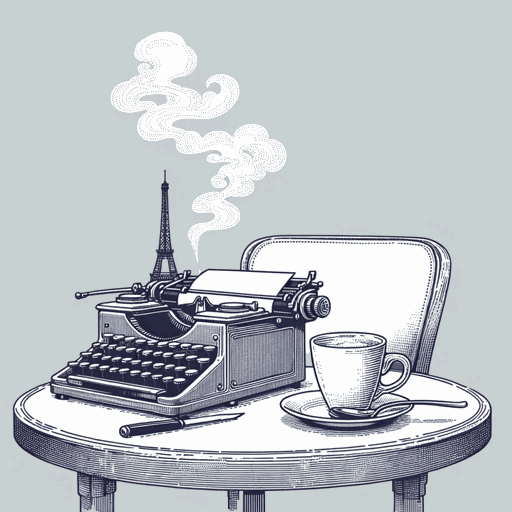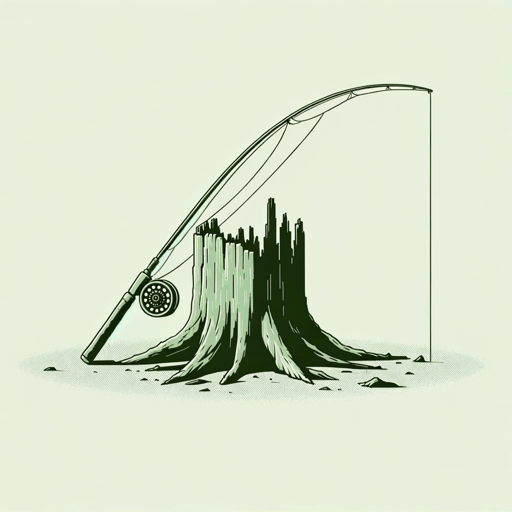23 pages • 46 minutes read
Ernest HemingwayTen Indians
Fiction | Short Story | Adult | Published in 1927A modern alternative to SparkNotes and CliffsNotes, SuperSummary offers high-quality Study Guides with detailed chapter summaries and analysis of major themes, characters, and more.
Themes
American Identity Is Built on Anti-Indigenous Violence
One of the defining features of “Ten Indians” is the language that the Garners use to discuss Indigenous people, slurs and stereotypes that are especially jarring in a 21st-century context. While their diction characterizes them as bigoted individuals, Ernest Hemingway uses the Garners to critique the anti-Indigenous bias that is deeply embedded in American culture more broadly. Through setting, symbolism, and contrasting characterization, he examines how white settler colonialism depended on anti-Indigenous violence to spread and how American culture maintains this bias.
Multiple aspects of the story’s setting expand the Garners from a single American family to a symbol of American settler colonialism. First, the story takes place on the Fourth of July, linking the events of that day with the very idea of America as a free nation with its own identity. Independence Day not only celebrates the United States’ liberation from Britain but also its conquest of Indigenous people—indeed, the Declaration of Independence decries “merciless Indian Savages” as the natural enemies of white settlers. While the Declaration of Independence famously states that “all men are created equal,” “men” refers to a very specific class of people: white, Christian, landowning men.
Related Titles
By Ernest Hemingway

A Clean, Well-Lighted Place
Ernest Hemingway

Across the River and into the Trees
Ernest Hemingway

A Day's Wait
Ernest Hemingway

A Farewell to Arms
Ernest Hemingway

A Moveable Feast
Ernest Hemingway

A Very Short Story
Ernest Hemingway

Big Two-Hearted River
Ernest Hemingway

Cat in the Rain
Ernest Hemingway

For Whom the Bell Tolls
Ernest Hemingway

Green Hills of Africa
Ernest Hemingway

Hills Like White Elephants
Ernest Hemingway

In Another Country
Ernest Hemingway

Indian Camp
Ernest Hemingway

In Our Time
Ernest Hemingway

Old Man at the Bridge
Ernest Hemingway

Soldier's Home
Ernest Hemingway

Solider's Home
Ernest Hemingway

The Garden of Eden
Ernest Hemingway

The Killers
Ernest Hemingway

The Nick Adams Stories
Ernest Hemingway

